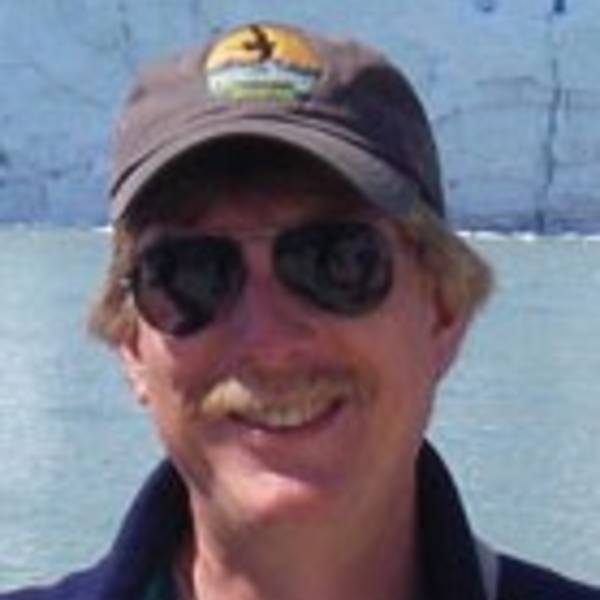Exploring America’s most fascinating and least known places: A new series from a traveling park lover.
For more than ten years, I’ve been on a quest to travel to some of America’s most fascinating and least known places—a quest inspired by an 18th-century South Carolina statesman named Charles Pinckney.
If you’re like I was a few years ago, I know what you’re thinking: Who the heck is Charles Pinckney? I learned the answer to that—which I’ll get to in a moment—at a national park site.
I’m no stranger to national parks. In fact, I consider myself something of a park junkie. I worked at the National Parks Conservation Association for over 12 years before retiring in 2015, and in that time, I got to defend the beauty and integrity of these special lands and, especially, their wildlife. Since I first acquired my National Park Passport in 2005, I have visited over 140 national park sites, including all of the parks, preserves, monuments, and historic sites in my home state of Alaska. When I started working for NPCA, I thought of national parks as vast western landscapes full of mountains, rivers, bears, geysers, and canyons. Those first 140 visits include most of the iconic parks in the West, including Joshua Tree, Yellowstone, and other big name parks. It was a revelation to discover that most of what boasts the National Park Service arrowhead are smaller, lesser-known sites that share stories about the many cultures, historic events, archaeological sites, and interesting people that make this country so amazing.
That’s where Charles Pinckney comes in.
My wife and I were escaping the Alaska winter in 2007 with a trip to coastal Georgia and South Carolina. We realized our park passport could lead us to places we didn’t know a thing about, and when we saw Pinckney’s name on the list of sites in the area, we were clueless about who he was. If it hadn’t been for the passport stamp, we would not have visited, and that would have been a huge mistake!
Charles Pinckney was a South Carolina delegate to the Constitutional Convention in 1787; his vision for the U.S. Constitution became the framework for what we have today. We learned about this “forgotten founder” of our country by visiting the home that serves as the national historic site’s visitor center. It isn’t Pinckney’s original house, but rather a home built in the 1800s. Its displays not only guide you through the history of our Constitution and Pinckney’s role in shaping it, but also tell what it was like to live on a coastal South Carolina low country plantation 230 years ago.
The original plantation was over 700 acres, of which 28 are left and included in the historic site. So when we finished with the educational part of our visit, we headed outdoors to explore the region’s lowland forest on a well-maintained loop trail that starts on an old road lined with cedar trees and passes by towering magnolia trees, ancient live oaks, and lots of wax myrtle. The mulched trail skirted the edge of a tidal wetland and took us through the archaeological remains of buildings from the plantation’s enslaved community. The trail ends near a boardwalk that overlooks a small tidal estuary, giving us good looks at great blue herons.
My visit to Pinckney’s former plantation opened my eyes to the diversity in our National Park System. There’s so much more to exploring the country than seeing the big parks in the West. It’s these smaller parks and historic sites that really tell the story of America. That’s when I decided I wanted to see them all. And because I want to encourage other people to see them, too, I’m writing monthly dispatches from a few of the less-celebrated parks and hidden gems in the park system that inspire me along the way.
About the author
-
General
-
- NPCA Region:
- Southeast
-
Issues



